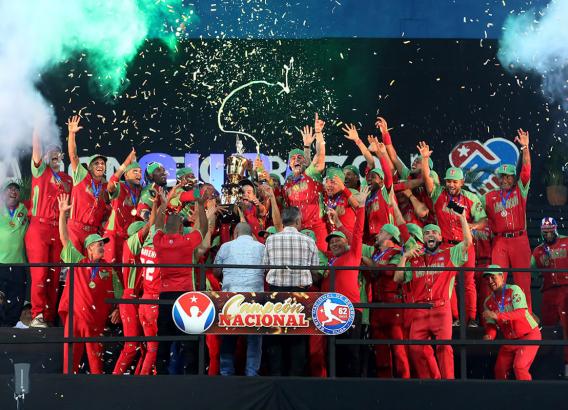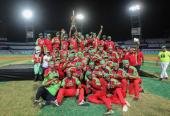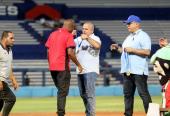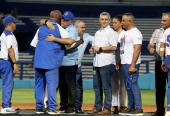Pablo, 86 years after his fall in combat

Pablo de la Torriente Brau fell fighting for the Spanish Republic on December 19, 1936, only five months after the fascist military coup of July 17.
In a letter to a friend, he wrote about the decision he had made with enthusiasm and faith in victory: "I have had a wonderful idea. I am going to Spain to join the Spanish revolution (...) I will be there when neither Hitler nor Mussolini can stand their ground anymore and go to war, and then will come the ultimate battle between the oppressed and their oppressors. And come what may, I will witness the great triumph of the revolution".
At 35, the young writer and journalist’s literary work would have been enough to earn him an outstanding place in Cuban narrative, but he also used his prose to denounce the treason of the Revolution of 1933, whose main figure he managed to unmask since the very beginning: Sergeant Fulgencio Batista, who deceived many people with his populist and leftist poses.
Pablo described the future dictator very objectively and even heralded Batista’s move before his defeat on January 1, 1959: “on the other hand, he is a demagogue, an orator and a planner who knows the secret of the smile and the raised arm; he builds, steals and polishes himself. From another angle, he is undoubtedly intelligent (...). In case of a revolution, if they give him time, he will be one of those who would have a plane ready to flee".
First against the Machado regime and then during the Batista dictatorship after toppling President Grau San Martin following the Revolution of 1933, Pablo participated in action and deed in student protests and founded the University Student Directorate. He went underground and suffered repression and imprisonment.
Exiled in the U.S. in July 1936, before the uprising of General Francisco Franco against the Spanish Republic and the beginning of the civil war, he left for Spain as a war correspondent, but far from following the events from a distance, his calling took him to the front line as political commissar of a battalion of the International Brigades.
Pablo taught the fighters, edited a kind of newspaper and appointed Spanish poet Miguel Hernandez as head of the Department of Culture of a brigade while he wrote his well-known chronicles and testimonies, which were published posthumously under the title Peleando con los milicianos (Fighting with the militia).
They called him El Cubano, and rightly so: he came from Cuba and all his references linked him to the island. Knowing that he had been born in Puerto Rico was too much to ask given the scarce chances for talking between one fierce bloody combat and the next.
His fought his last battle on December 19, 1936, in Majadahonda, near Madrid. His body was still warm when his comrades found him in no man's land, shot in the chest and with his hands stiff from a last effort to bury the documents he was carrying.
He was buried in the Chamartín de la Rosa cemetery in Madrid. Then, apparently, his remains were sent to Barcelona to be shipped to Cuba, which turned out to be impossible, so he was buried in a common grave, unfound to this day.
His comrade in arms, the poet Miguel Hernandez, dedicated to him his Second Elegy: "Pablo de la Torriente/ you have remained in Spain/ and in my soul fallen;/ the sun will never set on your forehead,/ nor will the mountain inherit your height/ or the bellowing bull your courage./ In your illustrious form you have lost your feathers and kisses,/ with the Spanish sun on your face and that of Cuba in your bones. " (...).














Add new comment